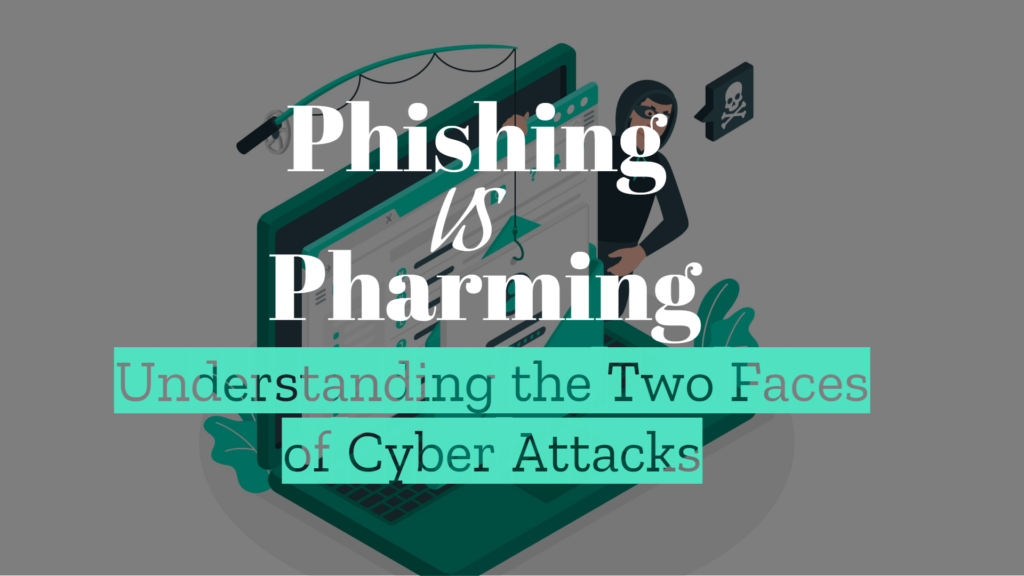Introduction:
In today’s digital age, cyber attacks have become increasingly prevalent, targeting individuals and organizations alike. Among the various tactics employed by cybercriminals, phishing and pharming attacks are two commonly encountered threats. Understanding the differences between these attacks is crucial in order to protect ourselves and our sensitive information. In this blog post, we will explore the characteristics of phishing and pharming attacks, providing real-life examples to enhance our understanding.
Phishing Attacks:
Phishing attacks are deceptive attempts by hackers to obtain personal and sensitive information from unsuspecting individuals. The attackers often impersonate reputable organizations or services, creating a sense of urgency or fear to manipulate their victims. They commonly use email or instant messaging platforms to send fraudulent messages containing malicious links or attachments.
Examples of Phishing Attacks:
The CEO Fraud
A typical example of a phishing attack is the CEO fraud, where an attacker poses as a high-ranking executive within a company. The attacker sends an email to an employee, usually from a spoofed email address that appears legitimate, and requests an urgent transfer of funds. The email might contain convincing language, making it seem like a genuine request. If the unsuspecting employee falls for the ruse and transfers the funds, they unknowingly become a victim of a phishing attack.
Fake Login Pages
Another common phishing technique is the creation of fake login pages. Attackers clone legitimate websites, such as banking portals or social media platforms, and send phishing emails directing users to these fraudulent sites. When users enter their login credentials, the attackers capture the information, gaining access to their accounts.
Pharming Attacks:
While phishing relies on social engineering to trick victims, pharming attacks take a more sophisticated approach by manipulating the Domain Name System (DNS) infrastructure. In a pharming attack, cybercriminals compromise the DNS settings to redirect users to fraudulent websites without their knowledge or consent.
Examples of Pharming Attacks:
DNS Cache Poisoning
One method used in pharming attacks is DNS cache poisoning. Attackers exploit vulnerabilities in DNS servers and inject false information into their caches. As a result, when users attempt to access legitimate websites, they are redirected to malicious sites controlled by the attackers. Users unknowingly enter their sensitive information, which is then captured by the attackers.
Router-Based Pharming
In router-based pharming attacks, cybercriminals compromise routers and modify their DNS settings. This allows them to redirect all network traffic passing through the router, affecting multiple devices connected to the network. Users are then sent to fraudulent websites where they may unwittingly provide their personal information.
Conclusion:
Phishing and pharming attacks pose significant threats to our online security and privacy. While phishing relies on social manipulation to deceive individuals, pharming attacks exploit vulnerabilities in the DNS infrastructure to redirect users to fraudulent websites. Staying vigilant and adopting security best practices, such as verifying the authenticity of emails and websites, regularly updating software and antivirus programs, and being cautious when sharing personal information, can help protect against these cyber threats. By understanding the differences between phishing and pharming attacks and recognizing their real-life examples, we can empower ourselves to navigate the digital landscape with greater awareness and resilience.
